Tank and easel machine guns "Beza", heavy machine gun "Beza 15 mm" mk 1
The machine gun can not be attributed to the technologically simple, but despite this, it was possible to put its production back in Enfield at the Royal Small Arms firm, and therefore Beza (BESA) is sometimes deciphered as: B - Birmingham, E-Enfield, SA - Small Arms. In the “Beza” tank machine gun, the control knobs and button release were replaced by a pistol grip with a trigger (the handle also served as a loading handle). In this embodiment, the non-automatic fuse was located on the left side of the handle and had two positions (the back position is “fuse”, the front position is “fire”). The machine gun had rather compact dimensions. In contrast to the machine version, the trunk fence was without holes, solid.
The “Beza” machine gun in the tank units of the British army was used as a machine gun, mounted on the machine guns of the “Vickers” machine gun (they used the front eyelet of the machine gun for mounting on the machine). Despite the fact that the machine gun had earned a reputation for being accurate and reliable and was lighter than the Vickers of the 1912 model of the year, a non-standard cartridge prevented its official adoption in infantry units.
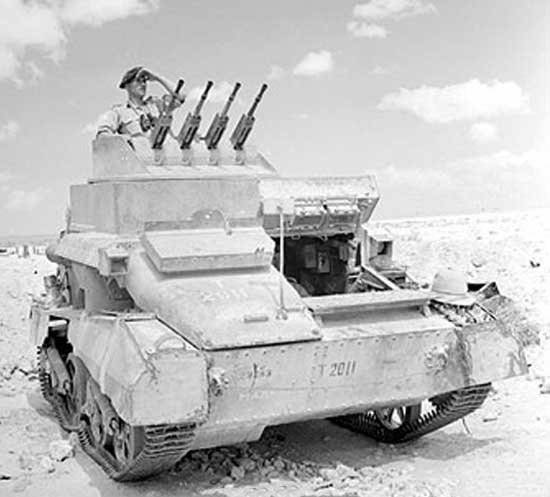
Machine gun "Beza" Mk 1 officially adopted for use only in June 1940, when it was already supplied to the troops. Marking placed on top of the box included: “BESA Mk I BSA Ltd”, year of manufacture and serial number. Simultaneously with the “Beza” MK 1, the modification of the MK 2 was adopted: the spring buffer was moved back, the radiator was shortened, and the receiver box and receiver cover were changed to facilitate production. Both modifications had the ability to change the rate of fire - if the buffer flag was set to “H” (high), the rate of fire was 750-850 shots per minute, in the “L” (low) position it was 450-500 shots per minute. The Beza machine gun, like a tank one, had two drawbacks: to charge the machine gun it was necessary to lift the lid (the space needed was more than 200 millimeters in height), and a large amount of gases entered the fighting compartment through the receiver.
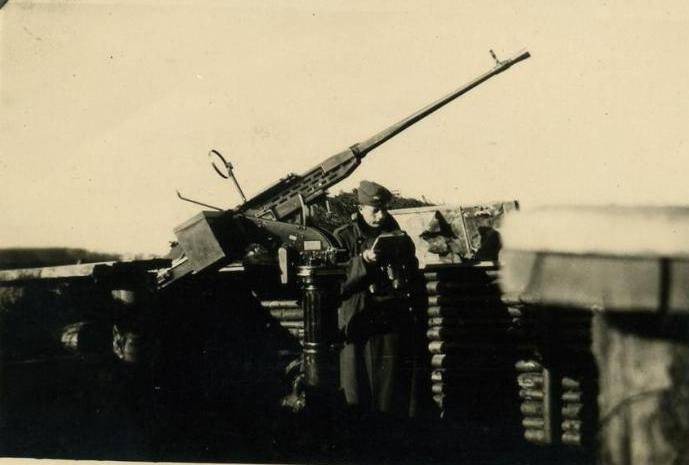
In August, the 43 of the year was taken at once three modifications of the machine gun "Beza". The 2 Mk had some improved parts (to simplify production), but interchangeable with the 2 Mk. In the modification of the 3 MK, the shutdown of the buffer was removed - only the high rate of firing (700 rounds per minute) remained. Changes to the other parts of the 3 MK have made them non-interchangeable with previous modifications. The machine gun Mk 3 *, on the contrary, had only a low rate of firing (500 shots per minute). The high rate of fire gave excessive ammunition consumption, so the 3 Mk was brought to the 3 Mk * level.
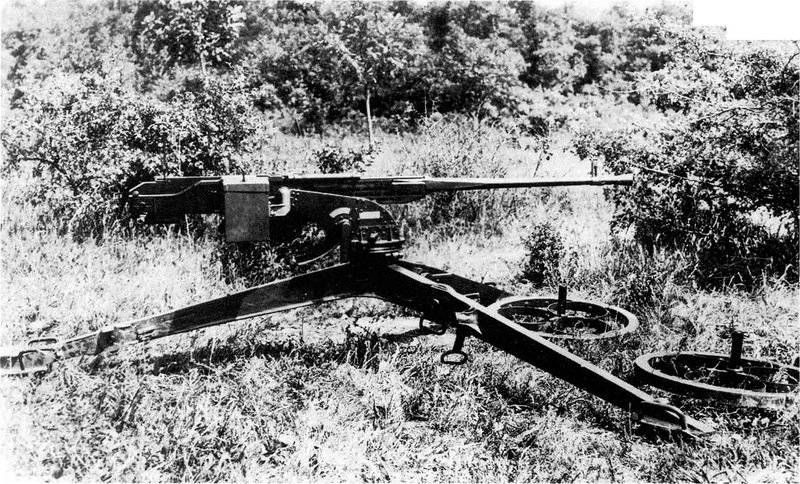
In total in the UK, about 60 thousand Beza machine guns were fired until the end of the war. In 1951, they were declared obsolete. In 52 and 54, machine guns were upgraded (MK 3 / 2 and 3 / 3). Machine guns remained in service until the end of the 60-ies.
Specifications tank machine gun "Beza":
Chuck - 7,92-mm "Mauser" (7,92x57);
The mass of the "body" machine gun - 21,46 kg;
The length of the "body" of the machine gun - 1105 mm;
Barrel length - 736 mm;
Grooves - 4 right;
Initial bullet speed - 823 m / s;
Sighting range - 2500 yards (2286 m);
Effective range - 1600 m;
The rate of fire - 750-850 shots per minute;
Power system - tape with a capacity of 225 cartridges;
Machine weight - 16,11 kg.
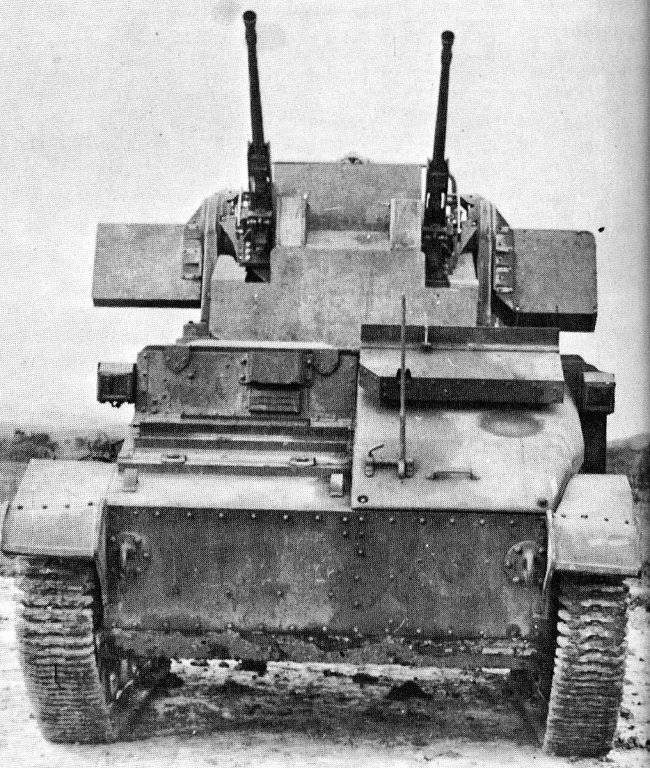
British BSA based on the Czech machine gun ZB-60 developed the 15-mm machine gun, which in June 1940 of the year was adopted as “Beza 15 mm” Mk 1 for armored vehicles and light tanks. The machine gun was remade chambered for 15x104, had the ability to conduct a single fire. This machine gun was not a success, and in the 42 year, the work on its alteration under the 20-millimeter shot of “Hispano-Suiza” was launched. The use of 15-mm "Beza" with 1944 year, limited, and in 1949 year, they were removed from service.
Technical characteristics of large-caliber machine gun "Beza 15 mm":
Patron - 15x104;
The mass of the "body" machine gun - 56,9 kg;
The length of the "body" of the machine gun - 2050 mm;
Barrel length - 1462 mm;
Grooves - 8 right;
Initial bullet speed - 820 m / s;
The rate of fire - 400-450 shots per minute;
The power supply system is a tape with a capacity of 25 / 40 cartridges.
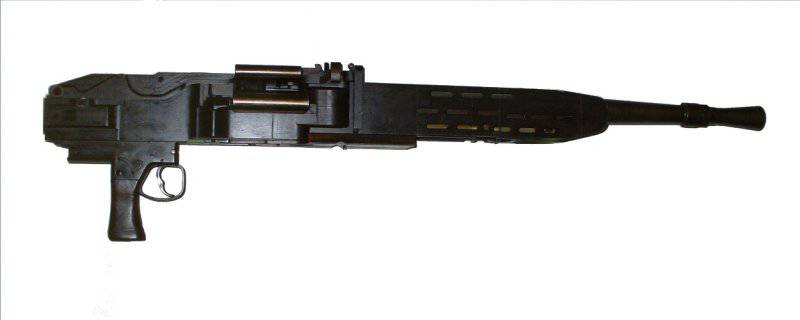
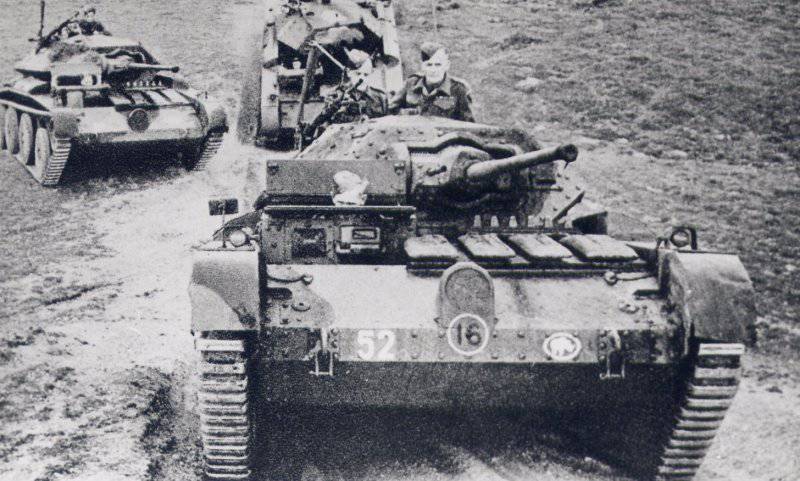
Information